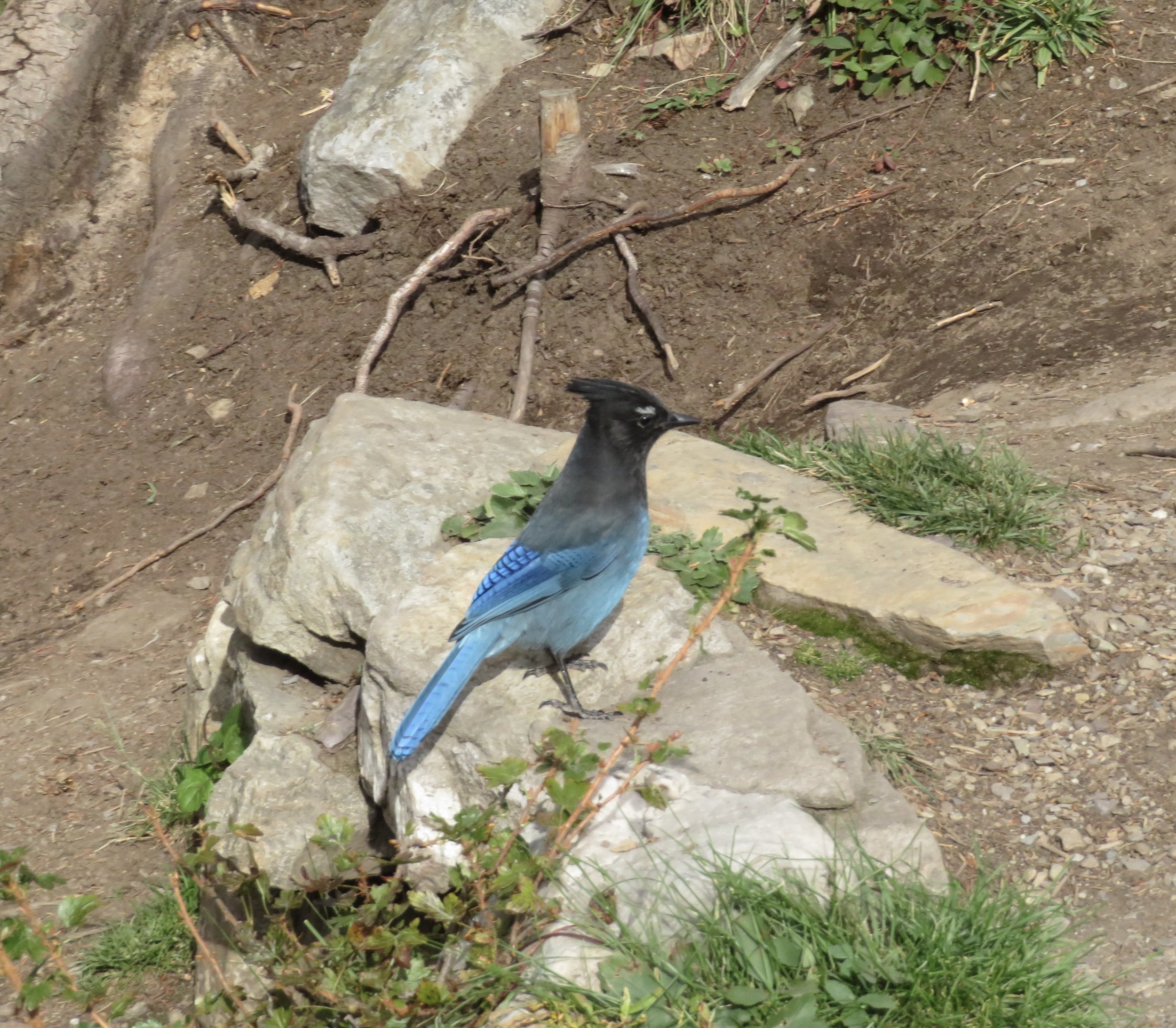Blue View – A Bird By Any Other Name
/Scott’s Oriole Courtesy of WikiPedia
While listening to a local news station on the radio recently, I heard a story that intrigued me. Apparently, the American Ornithological Society (AOS) has set about changing the names of all bird species that are currently named after people or that have names that are deemed offensive. The renaming process will begin in 2024 and will initially include 70-80 birds. Public input will be encouraged to choose the new monikers.
Several birds, for example, were named for racists or infamous men in our country’s history who shouldn’t be so honored. The Hammond’s flycatcher was named for William Alexander Hammond, a former U.S. Surgeon General. Hammond attempted to collect the brains of killed Indigenous people for study, and once wrote that Black people were “little elevated in mental or physical faculties above the monkey of an organ grinder”!? He also wrote that the brains of women were smaller than men’s, concluding that they were unable to perform the same mental functions as men, and therefore, shouldn’t be allowed in positions of authority – or to vote. Yikes, we named a bird after him?
Hammond Flycatcher Courtesy of CNN
Then there’s the Scott’s Oriole, a black and yellow bird of the Southwest, named for General Winfield Scott. According to the PBS, “In 1838, Scott led a force of 7,000 men that forcibly removed the Cherokee Indians from their lands in Georgia. The removal, which became known as the Trail of Tears, was a nightmare for the Cherokees, a peaceful tribe that had adopted many white ways. Their homes were burned and many of their possessions stolen. They went west on foot, with little food and no protection against the cold weather. Some 4,000 of the 15,000 Cherokees died.” The Scott’s Oriole will have a new name - perhaps the Yucca Oriole because of its habitat.
The reason given by the AOS for renaming birds with the names of less controversial people is that “Eponyms are poor names when it comes to describing a bird. Part of the reason is that eponyms are poor names when it comes to describing a bird. Names that describe the bird (e.g., Spotted Sandpiper, Red-breasted Nuthatch), its habitat (e.g., Marsh Wren, Pinyon Jay), its range (e.g. Eastern Wood-Pewee, Mexican Chickadee), or something else about the species (e.g., Fish Crow, Northern Mockingbird) convey more information".
Alexander Wilson, for example, is known as the father of American Ornithology, the man who documented and illustrated every known bird in North America in his huge compendium, American Ornithology. He has six birds named for him: Wilson’s Warbler, Wilson’s Storm-Petrel, Wilson’s Snipe, Wilson’s Phalarope, Wilson’s Plover. The Wilson’s Warbler may become the Green Black-capped Warbler, instead - a much more descriptive name.
Wilson Warbler Courtesy of Wikipedia
Likewise, the Clark’s Nutcracker, named for William Clark of the Lewis and Clark expedition will have a new name, as will the Steller’s Jay, which was named for Georg Steller. Georg Steller was a naturalist aboard a Russian expedition that explored the Aleutians and Alaska in 1740. He is credited with being the first non-indigenous person to identify all of the following: Steller's Jay, the sea otter, Steller's Sea Eagle, Steller’s Eider, the Short-tailed Albatross, Steller's Sea Cow, Steller’s Sea Lion, and Steller's Sculpin. He was a busy guy.
Clark’s Nutcracker
A Stellar Photo of a Steller Jay
One bird that I think should keep its eponymous name, however, is David’s Fulvetta. It is described as a “rather plain, social bird of hilly forests... with a gray head”. If it is also rather nerdy and somewhat clumsy, I think the name is quite apropos.
David’s Fulvetta Copyright Vincent Wang, Macaulay Library
See you next week...







